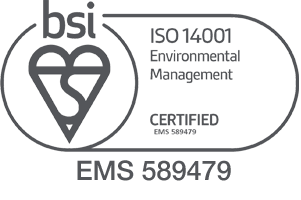


04/06/2021
When does size matter? The case for the ultra lightweight stretcher.
“Rapid casualty extraction often becomes the key link in the chain of survival.”
-Dr John Hall MB CHB, DRCOG, DFSRH, DIMC RCS ED.
HON. Senior Clinical Lecturer in Emergency Care, University of Birmingham, UK
Chairman, National Firearms & Tactical Medicine Clinical Advisory Group
FPHC Lead, Tactical Medicine.
Medicine can often take us to difficult and complex places where the correct and appropriate transportation of an injured or ill person from the austere location can make the difference in our quest to maximise survival and minimise the suffering of those who we care for.
Often, when preparing to undertake care in complete arenas we are challenged with a limitation of what we can actually take due to size and weight restrictions. There are many scenarios when this could happen such as, a military medic deploying to a remote jungle camp, the paramedic responding to multiple casualties within an active shooter event, the doctor working in a remote clinic, an expedition medic crossing a remote extreme feature, the list could go on. Each scenario deserves a different clinical risk assessment depending on what could be the most likely type of patient we could encounter. Each scenario will then dictate what equipment will be required, this equipment again will have to be prioritised depending on the space and weight that is available.
Our initial transport of an ill or injured person can often be critical to their outcome. Managed badly we can exasperate existing conditions and undo treatments we have already administered. If our patient requires moving on a stretcher there can often be issues about getting a device the general size of weight of traditions designs into the complex environment. Trying to compromise with adapted local resources again often have compromises that are too severe for our patient.
The design of the modular XtractSR stretcher systems aims to over come the above problems. It’s an inherently small and lightweight device, designed around the needs of a seriously ill or injured patient. The modular nature of the design allows medical personnel to select only the most appropriate features to match their specific requirements. XtractSR gives us the options to have a viable stretcher solution in all the above scenarios noted above and more.
The Casualty's Perspective:
"The overall feeling of safety whilst in the Xtract™SR Stretcher is of huge benefit to any casualty being removed from any scene."
-Sean Gittings, above-knee amputee.
The Operator’s Perspective:
"The Xtract™SR Stretcher has travelled with me from Argentina to Afghanistan and is worth its weight in gold. Practical, lightweight, extremely robust, the stretcher has enabled me to securely package and extract patients from challenging situations, whilst simultaneously contributing to hypothermia prevention."
-Chris Gibson CCEMT-P FAWM GCGI
Intensive Care/Flight Paramedic
NAEMT National Coordinator.








